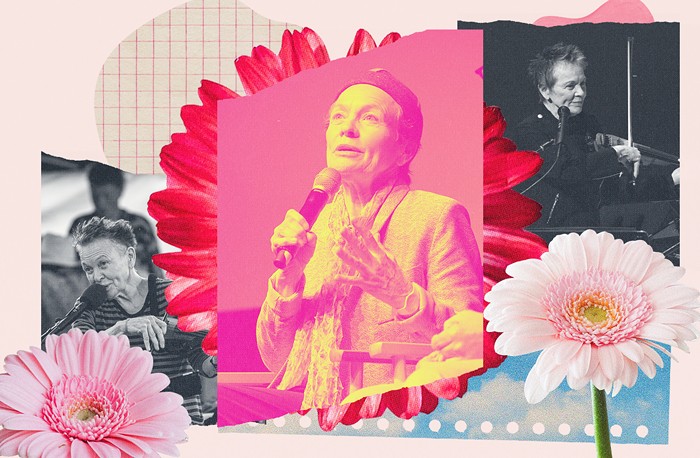Brash, bold and, later, sometimes blonde Dinah Washington packed heat, gobbled diet pills, and was a taskmaster both in the studio and on the bandstand. If it was a gut-bucket blues or a highly polished ballad, when she opened her mouth to sing, gold poured forth. Going through eight or nine husbands and just as many piano players the difficult Dinah lived large, worked hard, and provided plenty of fodder for the tabloids. Fancy clothes, furs, diamonds, shoes (lots of shoes), mink toilet seat covers, and sleek new automobiles are the outward signs of monetary success and Dinah Washington rocked that lifestyle with the panache of a true diva.
Known as the Queen of the Blues or Queen of the Juke Boxes, Dinah Washington rode her voice from her gospel roots through the blues, jazz and into lushly orchestrated pop ballads. It was this latter form that brought her biggest crossover hits and she would enjoy this mainstream success for only a few years before her untimely death in 1963. Her popularity and the subsequent financial gains did not happen overnight, yet in hindsight, they did seem to accrue at a fairly rapid clip. One of her first actions upon starting to make some serious scratch was to buy a house for her mother and her siblings, which is not too shabby for a 23-year-old blues singer in 1947.
The teenaged Dinah (née Ruth Jones) began to achieve a name for herself when she toured as the vocalist for Lionel Hampton’s band starting in 1942. Hampton stated, “‘I knew she was the girl I was looking for... It wasn’t that she was brassy. Her voice was too crisp and clear for that. But she sang with conviction, direct yet with feeling." Her voice was powerful and cutting as Hampton said, "even with my blazing band in the background." Her sense of style and her new name blossomed during this time and by the time she quit the band in 1945, she was ready to fly as a solo artist. Featured on just two songs per night with Hampton's band, Washington was eager to take off on her own and her first recordings as a solo act rapidly cemented her stature as the Queen.
Between 1948 and 1955, she racked up more than two dozen R&B top ten hits and by the end of the '50s, Washington had crossed over into the pop charts. It was no mean feat for a black woman at that time to break through to a mainstream audience and she managed it with steadfast diligence and aplomb. With the power of her voice, a keen ear, and dogged persistence, plus her famously feisty demeanor, she earned her title. She was the Queen and you don't trifle with the Queen, especially one who's packing.


















